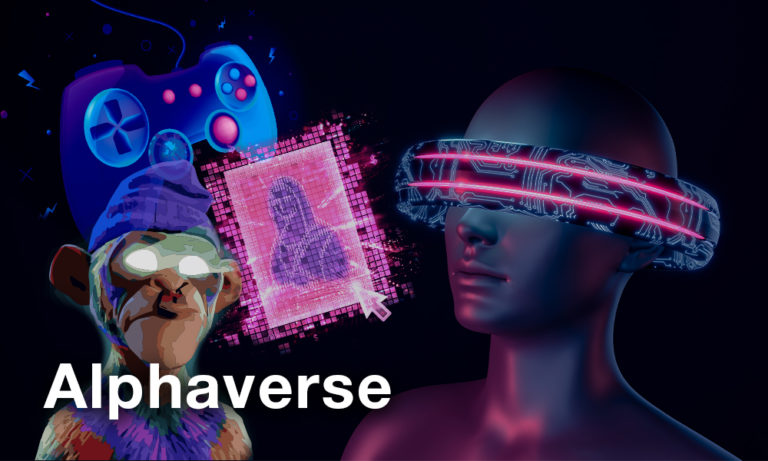Wrap Your Tokens, Double Your Profits.

In 2017, the crypto community rallied around several so-called “Ethereum killers.” These were different blockchain projects that sought to improve transaction speeds, lower gas fees, and essentially offer users an overall better experience.
The most famous of this batch have been projects like Cardano, Tezos, EOS, and a few others. And while these projects have met varying degrees of success, none have been able to topple the number two network.
This year, more networks like Polkadot, Solana, and Avalanche also launched, continuing to crowd the smart contract space.
This summer’s DeFi craze, however, revealed that though newer technologies may offer a better technical solution to Ethereum, we can never forget about the power of community. Indeed, some have gone so far as to say that Ethereum’s “potential to become the dominant settlement layer for the decentralized financial system is readily apparent, if not a foregone conclusion.”
I don’t necessarily agree. This is crypto after all. Anything could happen. Instead, I see a slightly different, underreported dynamic unfolding.
Tapping into this dynamic could make you richer too.
This month three different, non-Ethereum projects launched different wrapped token products.
Polkadot, a direct competitor to Ethereum, released its polkaBTC token, allowing users to bring Bitcoin-levels of liquidity to its interoperable network. Dash and StakeHound lanced a similar initiative, wrapping the DASH token in an ERC-20 standard. And finally, Zcash launched an ETH-compatible ZEC token.
These are just a few examples of an interoperable future that one-on-one Etheruem competitors may be forgetting.
Instead of outpacing the leading smart contracts platform for volume and innovation, some projects are simply building around the number two blockchain. In making their project the most compatible with Ethereum, they make it easier for users to do the things they like. No questions asked.
And as many startups know, serving users is the best way to find success.
Take the Wrapped DASH token as an example. Amidst the DeFi hype, DASH holders, though fervent supporters of their network, were left out from the mouth-watering yields occurring in the Etheruem ecosystem.
No matter how much they kicked and screamed, Dash became an afterthought.
That is until the project’s developers let holders enjoy the profits of a booming sub-niche. By holding these wrapped DASH tokens, users could continue earning staking rewards from the Dash network as well as any yield they picked up for adding their wrapped DASH to a yield farm.
From this perspective, clever teams needn’t “beat” Ethereum in the traditional sense.
Instead, by making their projects extremely interoperable with Ethereum, they can enjoy any of the latter network’s success. Plus, the Dash community is probably a whole lot more bullish on Ethereum than they were in the past.
This is why I’m bullish on wrapped tokens and, ultimately, the success of Ethereum. And like Paul Tudor Jones recently said about Bitcoin, I think the interoperability space is still only in the first inning.
